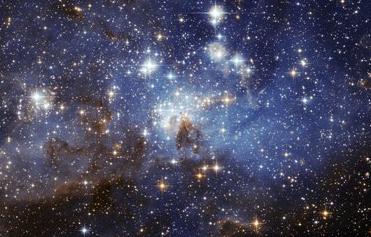
A cluster of stars. Photo credit: NASA
PARIS (BNS): In a drive towards nuclear fusion as a source of clean carbon-neutral energy, astrophysicists are trying to understand the energetic processes in stars. They are recreating stars in the physics laboratory to unravel the high energy processes involved in formation of stars and other critical processes within the universe.
Through the experiments, astronomers are studying the high energy radiation and plasmas in the laboratory involving temperatures and magnetic fields over a million times greater than normally encountered on earth, which are producing spin off benefits for important applications.
At a recent workshop organised by the ESF high energy laboratory, fusion results were discussed. The ESF has also set out a roadmap for future collaborative research in Europe over the next five years.
Aiming to simulate the high temperatures and magnetic fields experienced in a variety of formative processes occurring throughout the universe's history, the ESF is setting up a European framework for conducting coordinated experiments in Extreme Laboratory Astrophysics (ELA).
A full-fledged ELA is being built on earlier more tentative initiatives, such as the JETSET network, which is a four-year Marie Curie Research Training Network (RTN) funded by the European Commission. It is designed to build a vibrant interdisciplinary European Research and Training community for rigourous and novel approaches to plasma jet studies, with a focus on flows produced during star formation. Plasma jets comprise high energy atomic nuclei stripped of their electrons, expelled from stars during their formation and early in their lives.
Andrea Ciardi, convenor of the ESF workshop and plasma physicist at the Ecole Normale Superieure in Paris, said that the JETSET network was truly innovative in that it combined not only theoretical and observational astrophysics, but also for the first time experiments. "However JETSET was limited in terms of astrophysical phenomena studied (jets from young stars) and in terms of groups involved. The workshop aims at the creation of an XLA framework combining numerical modeling, experiments and theory, to complement observations in the study of a broader range of astrophysical phenomena," Ciardi said.
The convenor of the workshop said the workshop fulfilled its objectives of stimulating the required interdisciplinary research effort, and providing a broad outlook of future objectives. "Furthermore, it generated great excitement about prospects for the field."
"The workshop covered a large spectrum of research both in astrophysics and in laboratory plasma physics: from cosmic rays acceleration to the properties of fast winds in stars, and from high-power lasers aimed at achieving fusion to experiments producing magnetic bubbles expanding at hundreds of km per second," she said.
"Indeed the excitement comes from being able to recreate in the laboratory astrophysical phenomena taking place in some of the most extreme and exotic objects in the universe," she added.
At the workshop, the astrophysicists came to a decision that the ELA experiments should also have practical benefits. "The ELA research has an inherent duality: experiments developed initially for laboratory astrophysics, including new diagnostics, theoretical and numerical models, can be useful for example to fusion research, which is pursuing a clean source of energy, which in some cases uses similar theoretical and experimental techniques," Ciardi said.
Astrophysicists were of the opinion that ELA research could also help improve weather forecasts by leading to better understanding of cosmic rays that strike the earth's atmosphere and have a significant effect on cloud formation and thunderstorm activity.
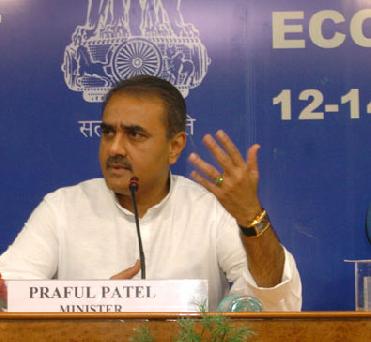 Previous Article
Previous Article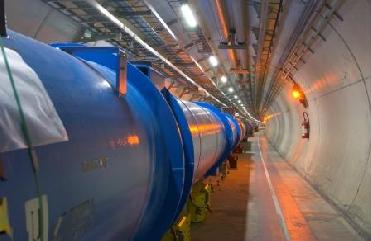
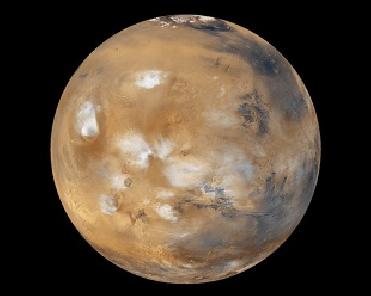
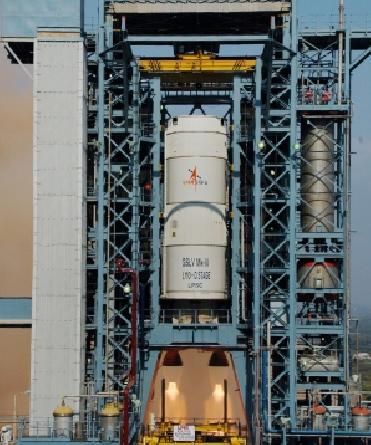










The Indian Air Force, in its flight trials evaluation report submitted before the Defence Ministry l..
view articleAn insight into the Medium Multi-Role Combat Aircraft competition...
view articleSky enthusiasts can now spot the International Space Station (ISS) commanded by Indian-American astr..
view article